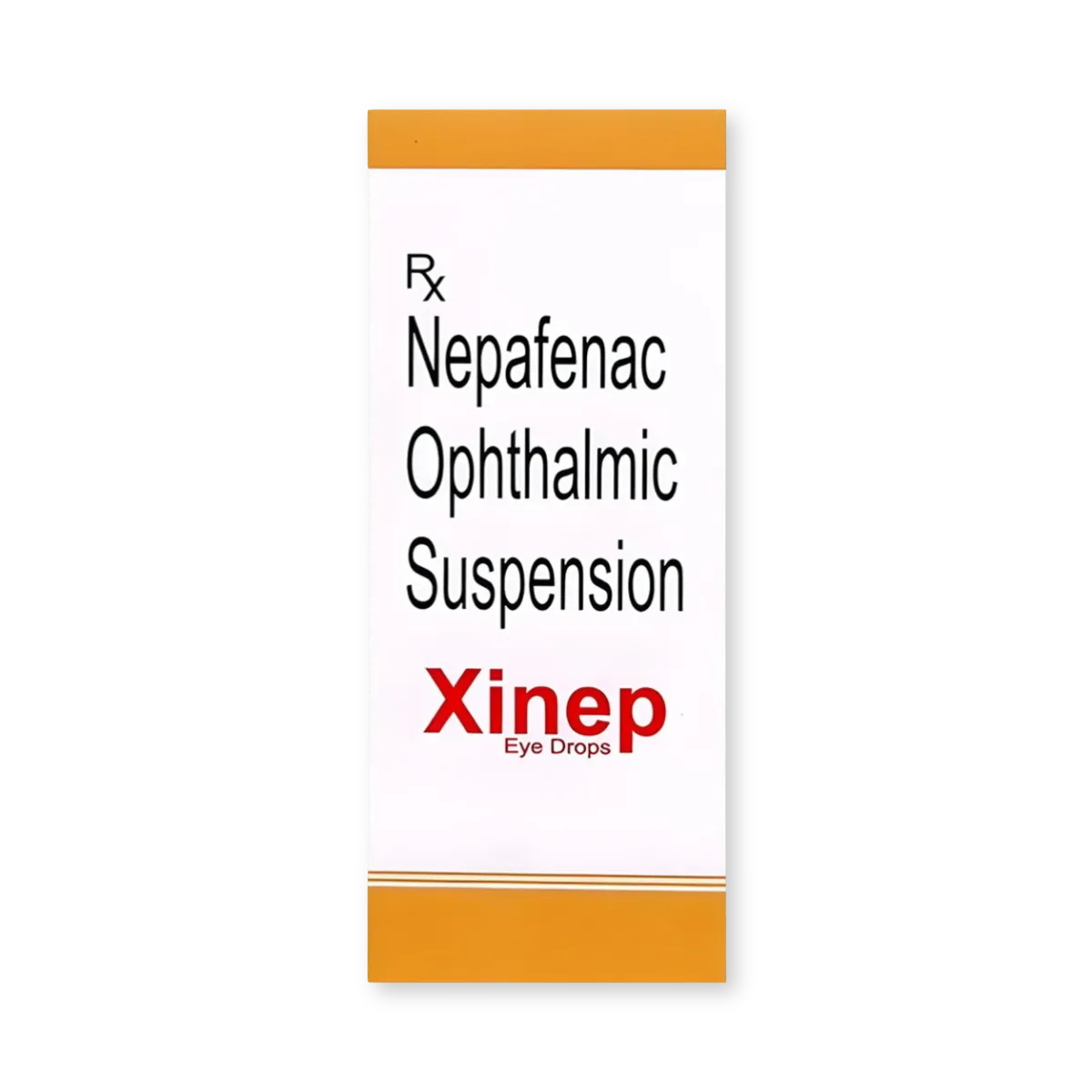An open sore or lesion on the cornea is called a corneal ulcer.
The cornea is the transparent, dome-shaped surface covering the front of the eye.
Numerous infections, including those caused by bacteria, viruses, fungi, or parasites, can be the cause of corneal ulcers.
Although not common, corneal ulcers can cause serious harm to the eye’s health and should be detected and treated early.
This article sheds light on the wide range of corneal ulcer symptoms, from typical symptoms to complex and uncommon signs.
Corneal Ulcer Symptoms
Corneal ulcers, while relatively uncommon, display specific signs that demand attention.
Blurred vision, red eyes, and eye pain are typical symptoms.
Atypical symptoms, like a feeling of a foreign body, dry eyes, or unexplained headaches, can also appear.
Eye discharge, excessive tearing, and increased light sensitivity are possible signs of advanced stages.
Additionally, discharge or pus may also appear in the advanced stage, indicating an eye infection.
Consult a healthcare provider immediately if you experience any of these symptoms to receive the proper diagnosis and treatment.
To know about the treatment options for corneal ulcers, read Clear Vision Ahead: Unveiling Effective Corneal Ulcer Treatment Options
Save up to 90% on your medicine bills

Vigamox 5 ml

Oflox 5 ml

MFC 5 ml

Xinep 5 ml
Causes of Corneal Ulcer
 Source: FabrikaCR_from_Getty_Images
Source: FabrikaCR_from_Getty_ImagesCorneal ulcers, which are frequently caused by microbial infections, occur due to a breakdown of the cornea’s protective layers by bacteria, viruses, or fungus.
Abrasions from foreign objects, including dust or contact lenses, can also result in ulcers.
The risk is increased by poor hygiene measures, weakened immune systems, and pre-existing ocular diseases.
Pathogens can enter through wounds or trauma, even little cuts.
In order to prevent the formation of corneal ulcers, it is essential to identify and address the underlying causes of corneal ulcers.
Want to know the differences between corneal ulcer and abrasion, read Corneal Ulcers vs Abrasions: Unveiling Variances in Eye Trauma.
Marginal Corneal Ulcer Symptoms

Marginal corneal ulcers are a distinct type of ulcer that is characterized by the presence of infiltrates at the periphery of the cornea.
The presence of infiltrates at the corneal margin, which pinpoints the precise location of the ulcer, is one distinguishing characteristic.
The symptoms of marginal corneal ulcers differ from those of normal corneal ulcers in a few key ways.
This variant may cause blurring of the peripheral vision, making it difficult for affected individuals to see clearly at the edges.
Frequently, there is an itching sensation that increases the discomfort.
When performing a clinical examination, the infiltrates at the periphery of the cornea help to identify marginal ulcers.
Early detection and treatment of marginal corneal ulcer symptoms can help save your vision.
Eager to know how corneal ulcers are treated? Look no further- explore this article: Clear Vision Ahead: Unveiling Effective Corneal Ulcer Treatment Options.
Conclusion
An open sore on the cornea is known as a corneal ulcer.
The cornea covers the iris and pupil.
Typical corneal ulcer symptoms include pain and redness in the eyes, and more severe ones include increased tearing and sensitivity to light.
Corneal ulcers may cause foreign body sensations and unexplained headaches.
A corneal ulcer is typically caused by an eye infection and abrasions from foreign objects.
Marginal corneal ulcers are ulcers that have infiltrated at the periphery of the cornea.
Consult a healthcare provider immediately if you experience any of the symptoms to receive the proper diagnosis and treatment.

Frequently Asked Questions
How does a Marginal corneal ulcer differ from a corneal ulcer?
A marginal corneal ulcer is a specific variant occurring at the cornea’s edge.
It may present with symptoms like peripheral vision blurring, itching sensation, and infiltrates at the corneal margin.
What should I do if I experience symptoms of corneal ulcer?
If you experience any of the symptoms of corneal ulcer, seek immediate medical attention.
Early diagnosis and treatment significantly prevent potential complications.
Can corneal ulcers cause permanent eye damage?
Yes, without timely treatment, corneal ulcers can lead to permanent eye damage, affecting vision.
Recognizing symptoms early and seeking immediate medical care is essential for preventing long-term consequences.
How can I prevent corneal ulcers?
Maintaining good eye hygiene, protecting your eyes from injury, and seeking timely treatment for eye issues can help reduce the risk of corneal ulcers.
Regular eye check-ups are also important for early detection.
Can I manage corneal ulcer symptoms at home?
No, corneal ulcers require professional medical attention.
Home remedies are not sufficient for proper treatment.
Cheap Medicine Shop only refers to credible, authoritative sources for our content. If you’re curious about how we ensure the integrity of our content, we encourage you to read our Content Information Policy.











